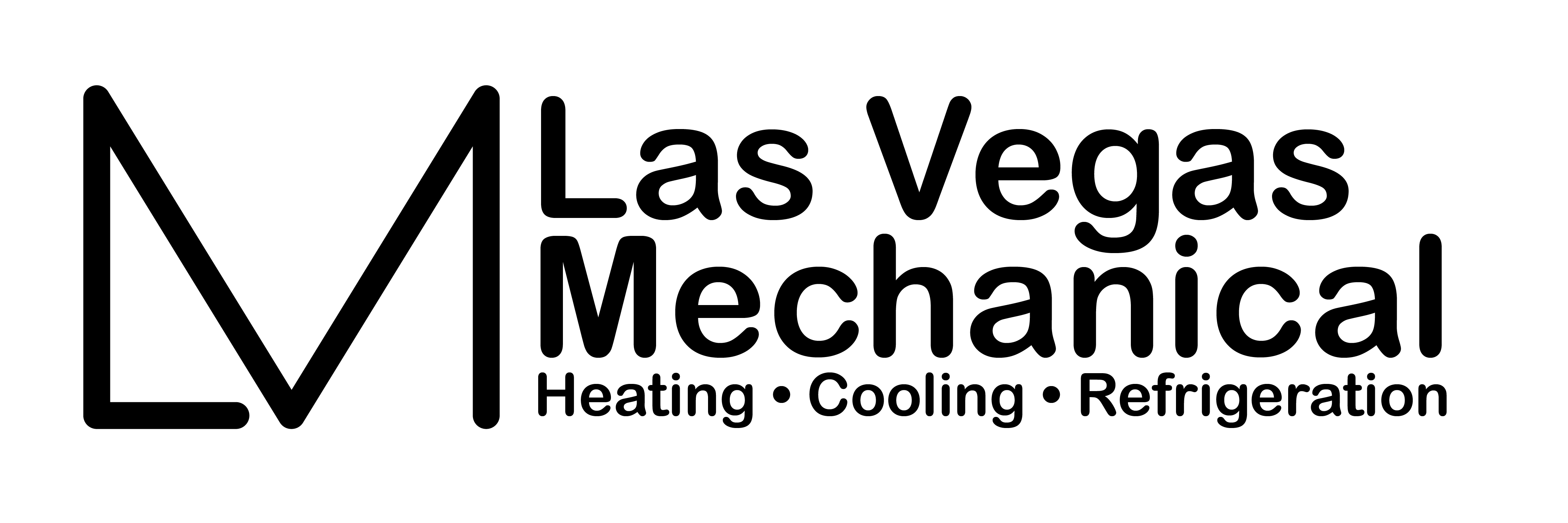Maintaining a comfortable and healthy indoor environment is essential for any homeowner or business owner. A central aspect of this is the proper functioning of the Heating, Ventilation, and Air Conditioning (HVAC) system. When there is poor air flow through the HVAC system, it can lead to discomfort, reduced energy efficiency, and even health concerns. This essay aims to shed light on the common reasons behind poor air flow in HVAC systems, the consequences of such issues, and the steps that can be taken to address and prevent them.
I. Causes of Poor Air Flow
A. Blocked or Dirty Air Filters One of the most common reasons for poor air flow in HVAC systems is blocked or dirty air filters. Air filters are designed to trap dust, debris, and allergens to ensure clean air circulation. However, when these filters become clogged, they restrict the airflow. Neglecting regular filter replacement or cleaning can lead to reduced efficiency and an increased workload on the HVAC system.
B. Ductwork Issues Ductwork problems can also be a significant factor in reduced air flow. Leaky, damaged, or poorly designed ducts can lead to air escaping before reaching the intended destination. Ducts that are too narrow or have obstructions can hinder air flow as well.
C. Incorrect System Sizing Choosing the right-sized HVAC system for your space is crucial. An oversized unit can short cycle, meaning it turns on and off frequently, which doesn’t allow it to operate at its peak efficiency. Conversely, an undersized system struggles to meet the demands of the space, leading to insufficient air flow.
D. Fan Motor Problems The fan motor in an HVAC system is responsible for moving air through the system. If the fan motor is malfunctioning, running at a suboptimal speed, or if the blades are dirty or damaged, it can result in reduced air flow.
II. Consequences of Poor Air Flow
A. Reduced Comfort Inadequate air flow can lead to uneven temperatures throughout the building, creating discomfort for occupants. Some areas may become too hot or too cold, while others remain at the desired temperature.
B. Decreased Energy Efficiency When an HVAC system struggles to deliver the necessary airflow, it works harder to maintain the desired temperature, resulting in increased energy consumption and higher utility bills.
C. Compromised Air Quality Insufficient air flow can also impact indoor air quality. Stagnant air can lead to a buildup of pollutants, allergens, and humidity, which can negatively affect the health of occupants and exacerbate respiratory issues.
D. System Overload and Wear An HVAC system forced to operate with poor air flow is more likely to experience wear and tear. This can lead to more frequent breakdowns and the need for costly repairs or premature system replacement.
III. Addressing and Preventing Poor Air Flow
A. Regular Maintenance Regular HVAC maintenance is vital for preventing and addressing issues related to poor air flow. This includes changing or cleaning air filters, inspecting and sealing ductwork, and checking the fan motor’s functionality.
B. Correct System Sizing Ensure that the HVAC system is appropriately sized for the space it is intended to cool or heat. Consulting with an HVAC professional to determine the correct size is crucial in preventing poor air flow due to system size issues.
C. Ductwork Inspection and Repair Regular inspections of the ductwork can identify and address issues like leaks, obstructions, or improper design. Repairing or upgrading the ductwork can significantly improve air flow.
D. Fan Motor Maintenance Maintaining the fan motor’s efficiency through regular cleaning and maintenance can help ensure proper air circulation.
Poor air flow in HVAC systems is a common problem with far-reaching consequences. To maintain a comfortable, energy-efficient, and healthy indoor environment, homeowners and business owners must take proactive steps to address and prevent this issue. Regular maintenance, correct system sizing, ductwork inspection, and fan motor maintenance are crucial elements of a comprehensive strategy to ensure optimal air flow and the proper functioning of your HVAC system.
